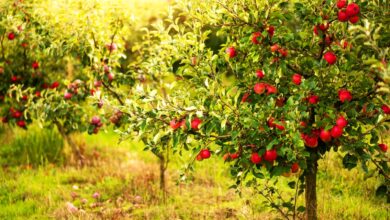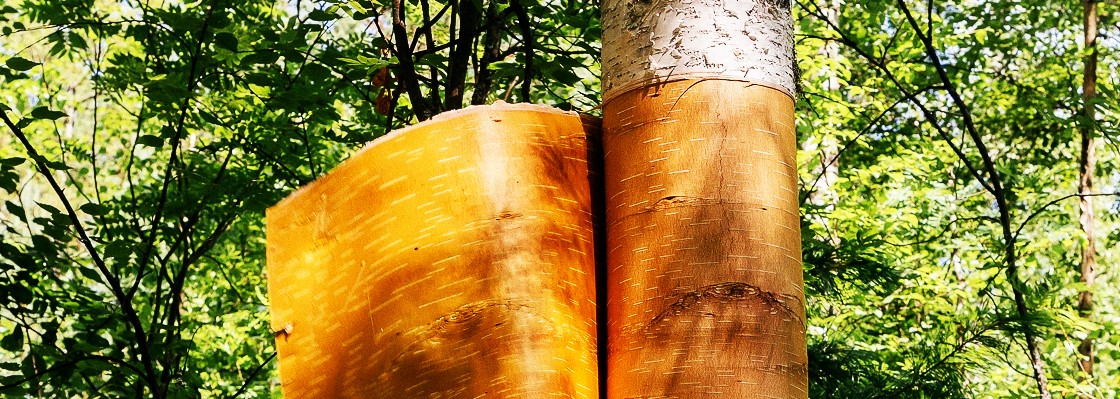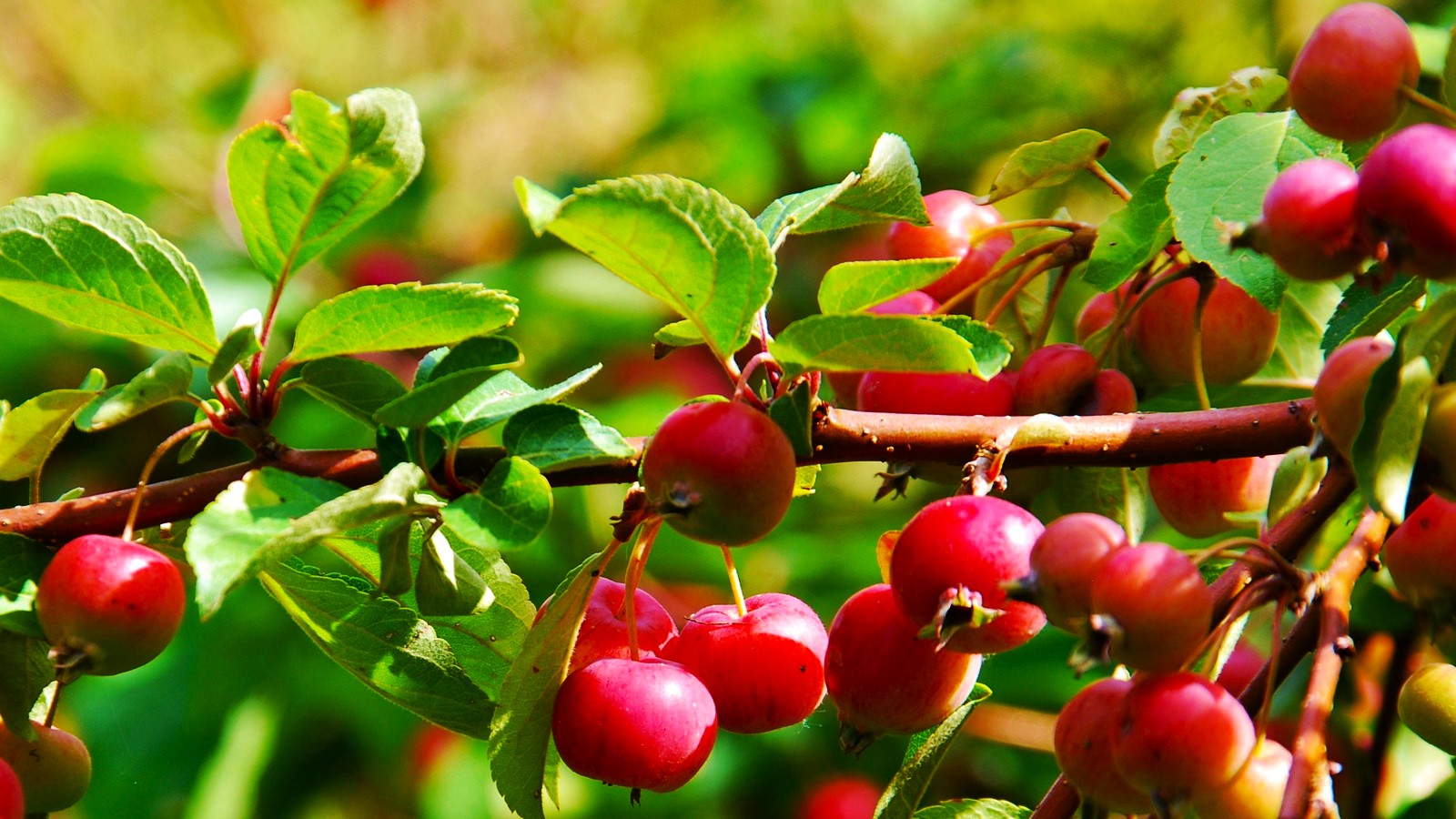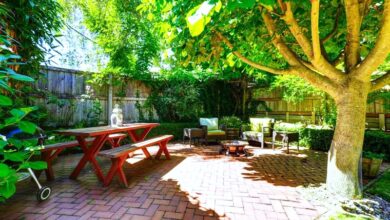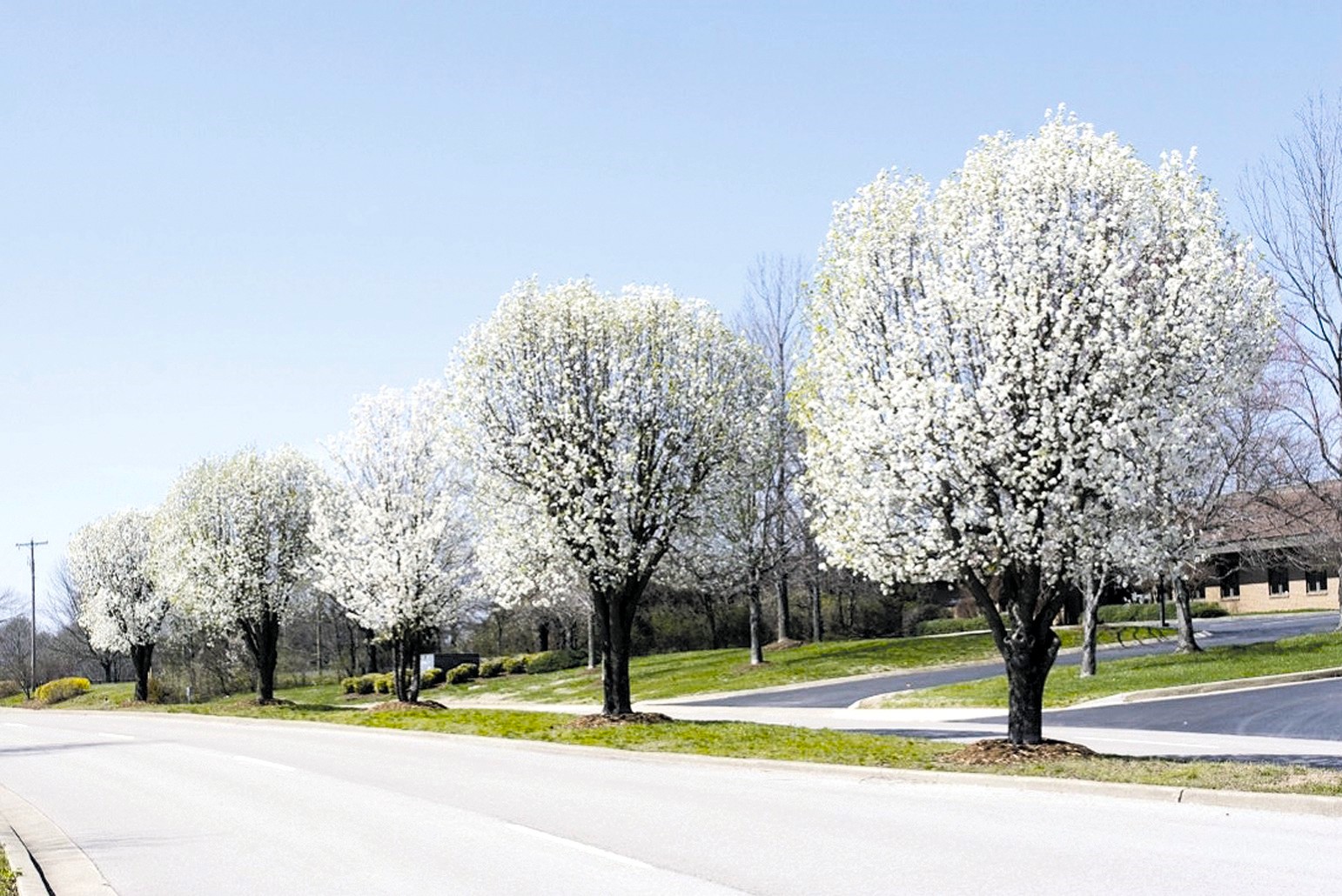Caribbean Pine Tree

It is likely that you do not reside in the tropical regions off the coasts of Mexico or the American Southeast if you have never heard of Caribbean pine (Pinus caribaea). The Caribbean pine is well-known in these areas as a valuable timber tree and an effective erosion-controlling tree. Continue reading to find out more about this towering, quickly spreading conifer.
Note: In many nations, this tree is considered an invasive species that poses a threat to natural habitats.
Introducing the Caribbean Pine
The fast-growing Caribbean pine is an evergreen conifer that yields wood strong enough to be used as lumber. It is indigenous to Central America and can be found growing wild in the tropics from Nicaragua to Mexico, as well as in the Bahamas and the Caribbean. Low-lying plains and gentler hillsides between sea level and 2,000 feet (600 m) are its preferred habitats.
This pine can reach mature heights of 20 to 30 meters (65 to 100 feet), and occasionally even higher. Every tree has a single, straight, thin, and upright trunk. When measured at breast height, the trunks can reach a diameter of up to 40 inches (1 m). Upon reaching maturity, the irregular crown accounts for nearly one-third of the tree’s height.
Pine Wood from the Caribbean
For centuries, people have grown and harvested Caribbean pine for lumber. With a broad band of sapwood, the heartwood may be golden or reddish brown in color. The wood has a medium to coarse texture with a straight grain. Although trees from natural stands grow more slowly and have a higher density, the wood is relatively light in weight.
Caribbean pine wood is deemed unsuitable for structural work or even furniture due to its low timber density. In addition to toys, interior trim, veneer, plywood, piles, vats, and particle boards, it is utilized for shutters and packaging.
Seeds of Pinus caribaea
Pinus caribbea, or Pinus caribaea var. Hondurensis, is the scientific name for Caribbean pine. For this reason, the seeds are frequently called Pinus caribaea seeds. Less than two inches (5 cm) long seed cones, which can grow in whorls of up to five cones, are used to produce them. They mature over the course of two years, releasing 100–200 dark seeds apiece.
You can eat the seeds of Pinus caribaea. Native Americans eat them both raw and cooked. Moreover, turpentine derived from the resin of the tree has been used to treat kidney and bladder problems as well as coughs, colds, influenza, and tuberculosis. Oil extracted from the tree’s leaves has also been used for therapeutic baths.
How to Handle a Pinus Caribaea Plant
Above all, Pinus caribaea is a tropical plant. For it to grow, it needs lots of water and sunshine. Only regions free from frost, with excellent drainage and a high annual rainfall total, should be planted with this conifer. Neither seasonal flooding nor salt winds are a problem. Sand or loam soils are the best types.
If you are thinking about planting Caribbean pine as an ornamental, keep in mind that it grows quickly and forms dense cultures that supplant and outcompete native plants. It is advised to prune regularly.

